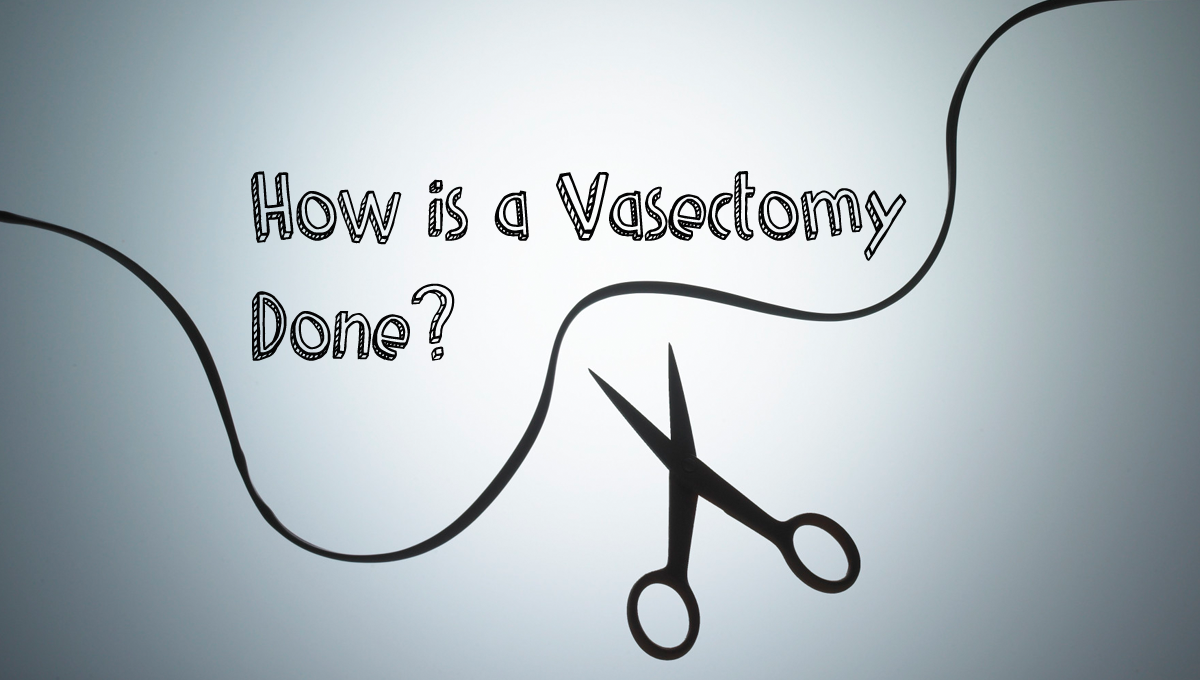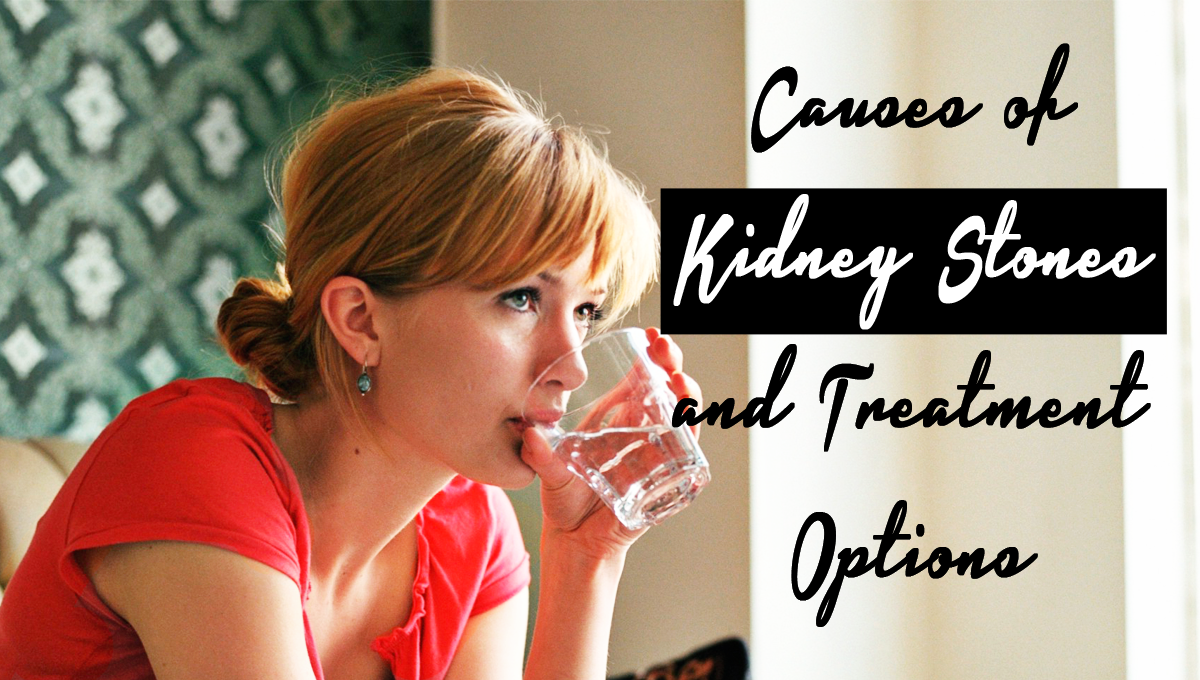Given the close relationship between a man’s mental health and his overall health-related quality of life, it is increasingly clear that men suffer a significant burden of mental health issues, most of which go untreated. The situation is worsened by barriers to access to mental health services such as maladaptive coping, stigma and lack of awareness of the support services available in the community. At St Pete Urology, we treat a visit to our facility as the first regular contact between a patient and health care, using the opportunity to attend to a variety of health problems affecting our patients.
Relationship between mental health and urological disorders
At St Pete Urology, we appreciate that specific urological conditions, such as urinary tract infections, urologic cancers, kidney stones, urinary incontinence and erectile dysfunction, are usually accompanied by mental health issues like anxiety and depression. For example, about 10 percent of men with erectile dysfunction usually suffer from depression while 2.5 percent to 37 percent usually suffer from anxiety. Likewise, men with urinary incontinence tend to also have increased psychological distress, with anxiety rates of 3 percent to 10 percent and depression rates of 6 percent to 21 percent. Furthermore, men suffering from prostate cancer are four times more likely to commit suicide than men of similar age without the cancer.
At St Pete Urology, we cherish every contact with each patient and use it to treat urological disorders and associated mental health problems. For instance, when handling a patient with prostate cancer, we also take the role of screening for signs of anxiety and depression, educating him on the diagnosis, treatment and management of related side-effects, and providing support through referral of the patient to psychosocial services and the right rehabilitation programs. Similarly, for a man having urinary incontinence, we perform a functional analysis to assess the effects of the symptoms on daily life, recommend practical solutions like Kegel exercises and offer referrals to psychosocial services to address issues of interpersonal relationships and low self-esteem.
Comprehensive and effective treatments in urology
St Pete Urology offers an all-inclusive, multidisciplinary approach to urology. We emphasize the latest techniques including minimally-invasive, robotic and scarless procedures, develop personalized treatment plans that entail both surgical and medical approaches, and strive to make every visit as convenient as possible.
Our core specialty services include:
- Percutaneous nephrolithotomy treatment of kidney stones.
- Ureteroscopy for kidney stones and other urological conditions.
- Continent urinary diversion.
- Caval surgery for kidney and renal cancer.
- Treatment of prostate cancer, including nerve-sparing surgery and robotic radical prostatectomy.
- Male infertility and male sexual dysfunction.
- Vasectomy and vasectomy reversal.
- Urinary reconstruction.
- Complex urinary incontinence surgeries.
- Radiation oncology.
- Minimally-invasive treatments for benign prostatic hyperplasia.
- Laparoscopic renal surgeries.
A highly specialized care team
If a urology problem is causing you pain, discomfort or embarrassment, turning to a urologist at St Pete Urology who listens, responds compassionately and has the expertise to treat urinary disorders can help you to overcome your problems. Our urologists are a highly-specialized and knowledgeable team that went to the University of Pennsylvania and understand their work well. We have board-certified urologists who are experienced in treating low testosterone, prostate cancer, testicular cancer, enlarged prostate, erectile dysfunction and many other urological conditions.
So why should men visit a urologist?
- Recurrent urinary tract infections.
- Interstitial cystitis.
- Urinary incontinence and overactive bladder.
- Male infertility and male sexual dysfunction.
- Kidney stones.
- Enlarged prostate.
- Cancers throughout the urinary tract, such as prostate, bladder, kidney, penile and testicular cancers.
Are you looking for quality treatment for your urological problem? Would you like to be treated by a urologist who will appreciate your mental health issues during the diagnosis and treatment of your urological disorder? If so, then St Pete Urology is the right place for you. Visit St Pete Urology, Florida today for comprehensive, patient-centered medical care. For more information, visit the “St Pete Urology” site.



